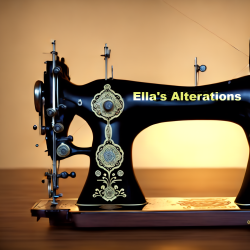In this blog, we explored the concept of clothing reinvention and its impact on personal fashion signatures. We discussed the historical context of clothing as an expression of identity and how clothing reinvention builds upon this tradition. Motivations behind clothing reinvention, such as self-expression, sustainability, and individuality, were examined, along with the methods used for aesthetic alterations.
We also explored the impact of clothing reinvention on individuality and personal style, highlighting how it encourages self-expression and fosters a more diverse and inclusive fashion landscape. Additionally, we discussed the role of clothing reinvention in promoting sustainability by reducing waste and challenging fast fashion norms.
The blog delved into the role of clothing reinvention in stimulating creativity and encouraging innovation within the fashion industry. We looked at case studies of successful clothing reinvention initiatives, such as Patagonia’s Worn Wear program and The R Collective, which exemplify the positive impact of aesthetic alterations on sustainability and creativity.
Furthermore, we examined the challenges and criticisms associated with clothing reinvention, including accessibility, time constraints, and concerns about perpetuating consumerism. It is crucial to address these challenges to ensure that clothing reinvention remains inclusive, mindful, and ethical.
In conclusion, clothing reinvention represents a transformative approach to fashion, empowering individuals to redefine their personal style while contributing to a more sustainable industry. By embracing clothing reinvention and addressing its challenges, we can foster a culture of self-expression, innovation, and conscious consumption that shapes the future of fashion.


